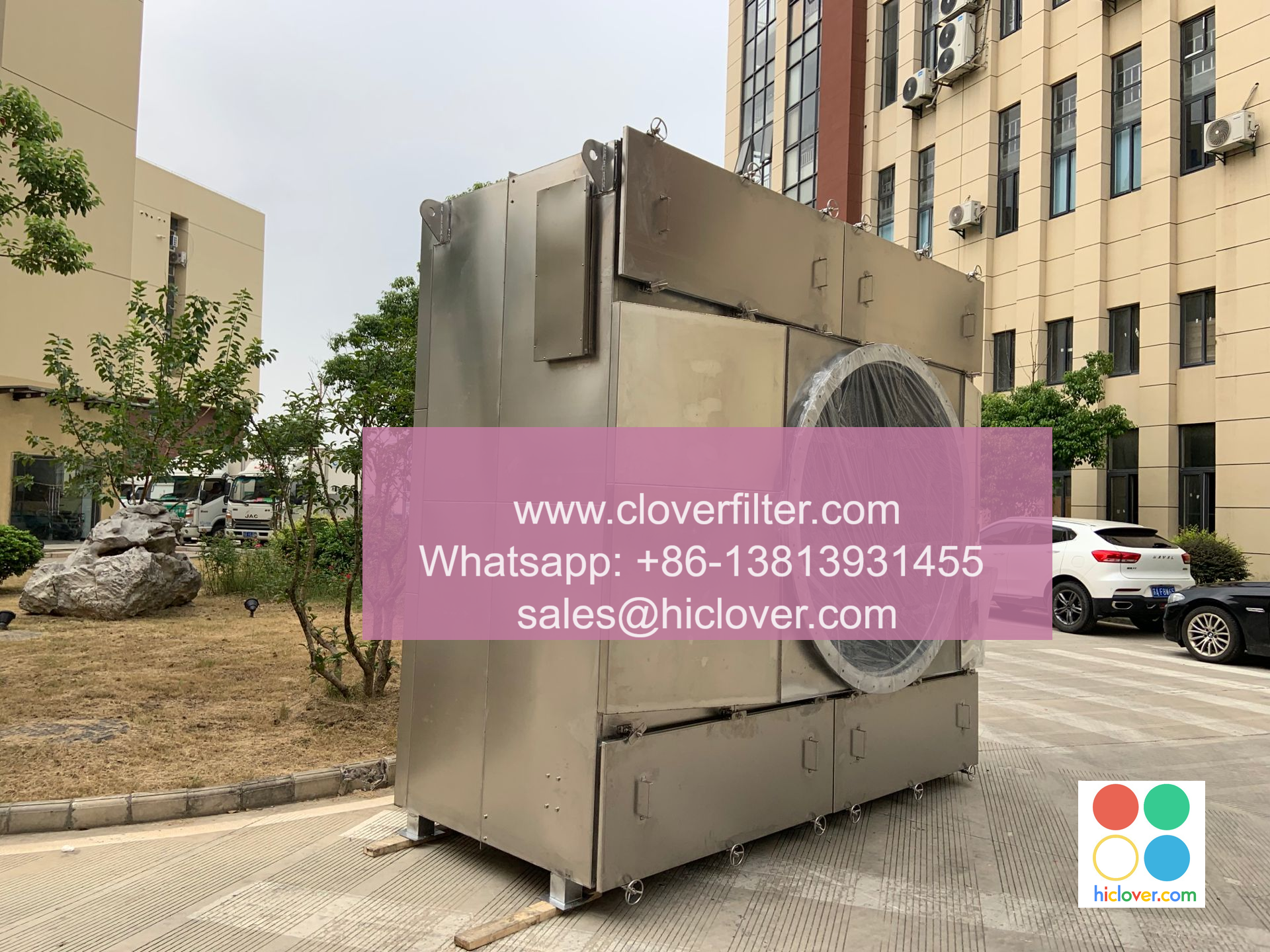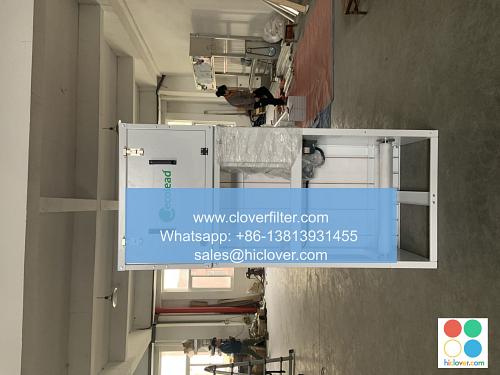The Connection between Air Filter Regulations and Green Building

As the world becomes increasingly aware of the importance of sustainability and environmental conservation, the concept of Green Building has gained significant traction. One crucial aspect of Green Building is the implementation of air filter regulations to ensure good indoor air quality (IAQ) and minimize the environmental impact of buildings. In this article, we will explore the connection between air filter regulations and Green Building, highlighting various application areas and the role of air filtration systems in achieving energy efficiency and occupant health.
Introduction to Air Filter Regulations
Air filter regulations are designed to control the quality of air in buildings by setting standards for air filtration systems. These regulations aim to reduce the concentration of particulate matter (PM), volatile organic compounds (VOCs), and other air pollutants that can negatively impact occupant health and indoor air quality. The most common air filter regulations include ASHRAE Standard 52.2 and ISO 16890, which provide guidelines for testing and rating air filters based on their efficiency and pressure drop.
Green Building and Air Filter Regulations
Green Building is an integrated design approach that aims to minimize the environmental impact of buildings while promoting occupant health and productivity. Air filter regulations play a vital role in Green Building by ensuring that air filtration systems are designed and installed to provide good indoor air quality while minimizing energy consumption. The Leadership in Energy and Environmental Design (LEED) rating system, developed by the U.S. Green Building Council (USGBC), is a widely recognized Green Building certification program that awards points for indoor air quality and energy efficiency measures, including the use of high-efficiency air filters.
Application Areas of Air Filter Regulations in Green Building
Air filter regulations have various application areas in Green Building, including:
* Commercial buildings: Office buildings, schools, and hospitals require high-efficiency air filters to maintain good indoor air quality and minimize the risk of airborne diseases.
* Residential buildings: Single-family homes and multifamily dwellings benefit from air filter regulations that ensure good indoor air quality and energy efficiency.
* Industrial facilities: Manufacturing facilities and warehouses require air filtration systems that can handle high levels of particulate matter and volatile organic compounds.
* Healthcare facilities: Hospitals and healthcare facilities require high-efficiency air filters to maintain sterile environments and prevent the spread of airborne diseases.
Benzfits of Implementing Air Filter Regulations in Green Building
The implementation of air filter regulations in Green Building offers numerous benefits, including:
* Improved indoor air quality: High-efficiency air filters can remove up to 99.97% of particulate matter and volatile organic compounds from the air.
* Energy efficiency: Air filtration systems designed to meet air filter regulations can help reduce energy consumption and minimize the environmental impact of buildings.
* Occupant health: Good indoor air quality can improve occupant health and productivity, while reducing! the risk of airborne diseases.
* Cost savings: Implementing air filter regulations can help building owners and operators reduce energy costs and minimize the need for costly air filtration system replacements.
Conclusion
In conclusion, the connection between air filter regulations and Green Building is crucial for ensuring good indoor air quality and minimizing the environmental impact of buildings. By implementing air filter regulations and using high-efficiency air filters, building owners and operators can promote occupant health and productivity while achieving energy efficiency and reducing energy costs. As the world continues to move towards a more sustainable and environmentally conscious future, the importance of air filter regulations in Green Building will only continue to grow. It seems like you didn’t provide a prompt. Could you please provide more details or specify what you would like to talk about or ask? I’m here to help with any questions or topics you’re interested in.

